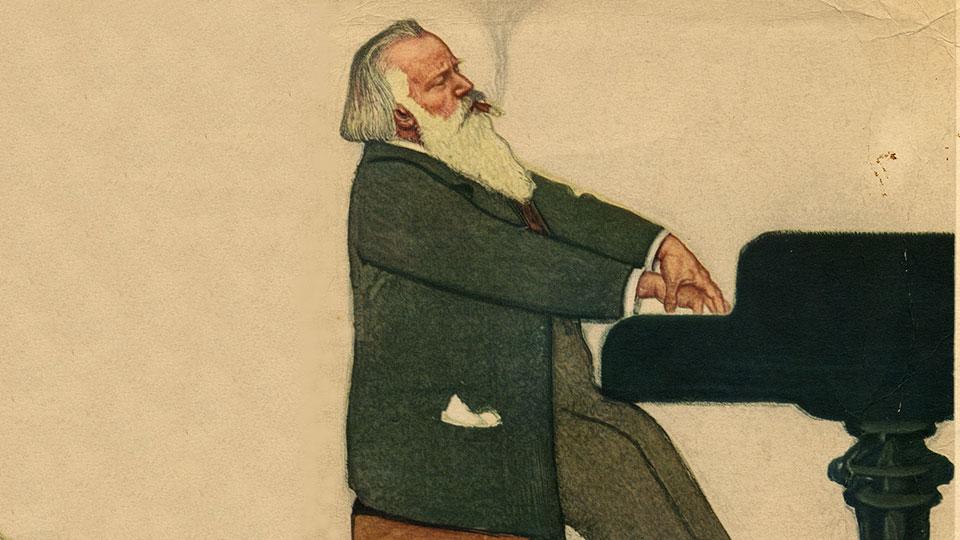Johannes Brahms, one of the most prominent figures in Romantic music, is celebrated for his emotionally rich compositions, among which the Hungarian Dances stand as an enduring testament to his fascination with the folk traditions of Central Europe. Composed between 1869 and 1880, these lively and evocative works capture the spirit of Hungarian gypsy music and have become some of Brahms’ most popular compositions.
Origins and Inspiration
The Hungarian Dances were directly inspired by Brahms’ exposure to Hungarian folk music, particularly through his collaborations with Hungarian violinist Ede Reményi. While traveling together, Brahms became deeply influenced by the gypsy style of performance, characterized by vibrant rhythms, ornamented melodies, and dramatic dynamic shifts. These experiences left a profound mark on the young composer, leading him to incorporate elements of this style into his music.
Interestingly, Brahms did not base the Hungarian Dances on original themes but rather adapted traditional melodies he heard during his travels. The dances reflect the spirit of verbunkos, a traditional Hungarian dance form that evolved from military recruiting music and was performed with lively, syncopated rhythms.
The Structure of Hungarian Dances
The collection consists of 21 dances, divided into four sets. The pieces vary in mood and tempo, ranging from fiery and energetic to slow and lyrical. Originally composed for piano four hands (a duet for two pianists at one piano), Brahms later arranged several dances for solo piano. Orchestrations by Brahms and other composers, including Antonín Dvořák, have further popularized these works.
Among the dances, Hungarian Dance No. 5 in F# minor is the most famous, often recognized for its exuberant melody and dynamic contrasts. It remains a staple in classical repertoire and is frequently performed in both orchestral and solo arrangements.
The Controversy of Authorship
Although the Hungarian Dances have brought Brahms great acclaim, they also sparked controversy over the originality of the melodies. Many of the themes are based on pre-existing Hungarian folk tunes, leading some to question whether Brahms should be credited as the sole composer. However, Brahms was transparent about his sources, referring to the dances as “arrangements” rather than original compositions. His genius lies in how he transformed these melodies, infusing them with his own harmonic sophistication and structural mastery.
Legacy and Influence
The Hungarian Dances remain a cornerstone of Brahms’ oeuvre and are beloved by musicians and audiences alike. Their lively rhythms and infectious melodies have transcended the classical genre, appearing in films, commercials, and popular culture.
These dances not only highlight Brahms’ skill as a composer but also serve as a bridge between classical music and the folk traditions of Central Europe. Through the Hungarian Dances, Brahms helped to preserve and celebrate the rich musical heritage of Hungary, ensuring its place in the global cultural canon.
Today, the Hungarian Dances continue to inspire and captivate, showcasing Brahms’ ability to blend traditional music with his unique artistic vision. Whether performed in concert halls or reimagined in modern interpretations, these works remain a vibrant part of the classical music repertoire.


Comments are closed